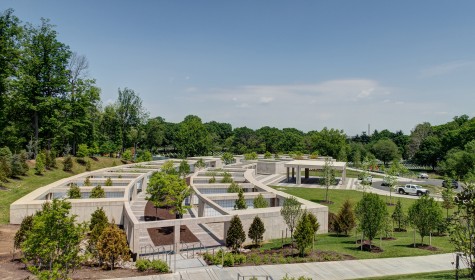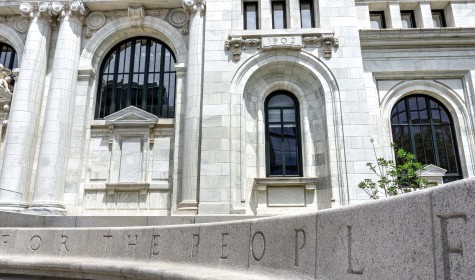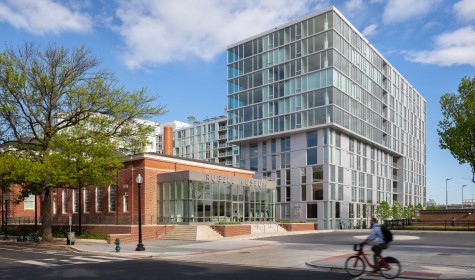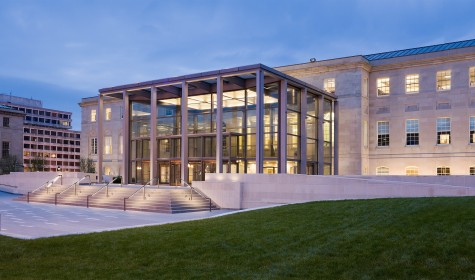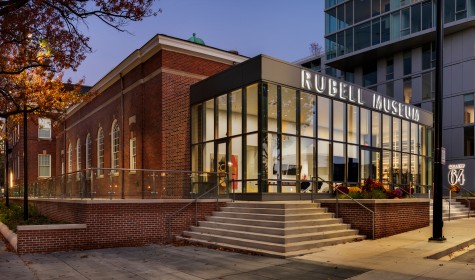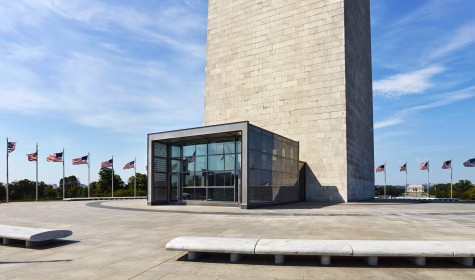Monumental Design: Washingtonian Features Profile of Hany Hassan
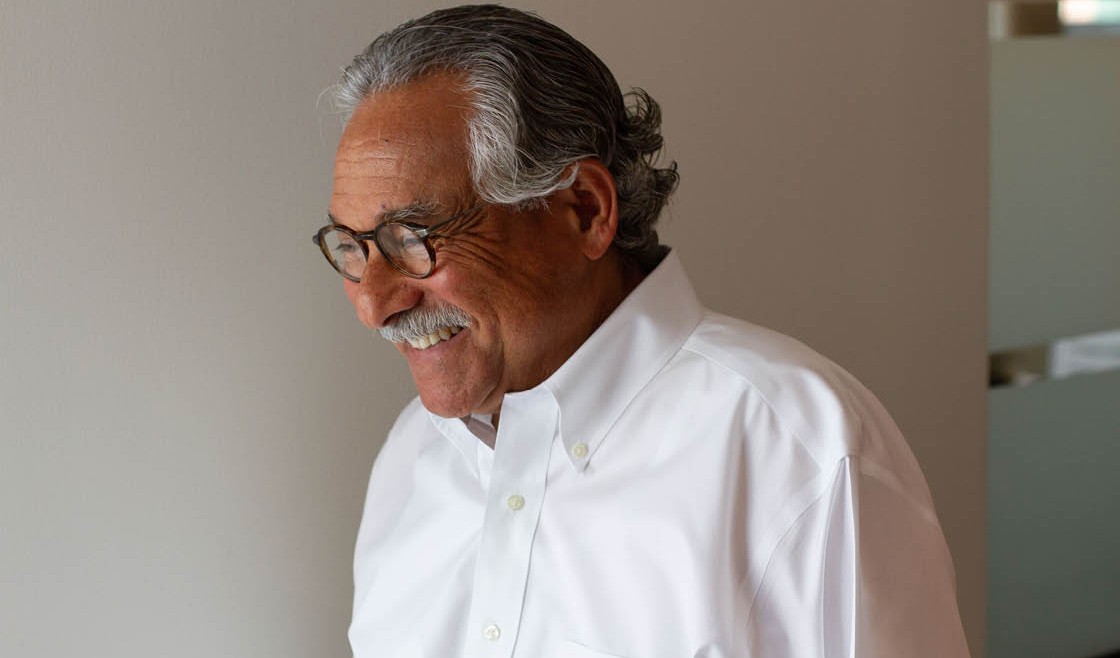
The Washingtonian featured Partner Hany Hassan, FAIA, in a profile and discussed his recent projects, including the Washington Monument New Visitor Facility, and his approach to practicing architecture in the capital.
February 2020
By Marisa M. Kashino
Hany Hassan may be America’s least-conspicuous elite architect. Pick a prominent Washington destination and there’s a good chance he’s touched it in some way. He has shored up, added to, reimagined, or modernized a long list of famous places, including the US Capitol, the Kennedy Center, Arlington National Cemetery, and the Trump International Hotel.
And in contrast to, say, César Pelli’s addition to National Airport or I.M. Pei’s East Building for the National Gallery of Art, none of Hassan’s work has become closely associated with his name. Which is how he wants it. “Anything and everything I do, it’s not to create my own thing,” he tells me one recent afternoon at his Georgetown office. “It’s just about respecting what is there.”
Unlike most artists, in other words, Hassan is not on a mission to leave behind an obvious signature. What fulfills him is saving irreplaceable buildings, then making them easier for modern-day people to appreciate and enjoy.
Since emigrating from Egypt in 1978, Hassan has risen to become DC director of Beyer Blinder Belle, the New York-based firm renowned for renovating landmarks such as the Apollo Theater and Grand Central Terminal. He’s now also among the nation’s most sought-after architects for significant historic projects. Such as one of his latest works: the Washington Monument’s understated new visitor center, which opened in September.
If it hasn’t yet caught your eye, Hassan will take that as a compliment. “If you walk by or drive by the monument, you never feel like there’s an addition to it,” he says. “It goes away in the landscape.”
It’s hard to think of a more perfect assignment for Hassan than upgrading this country’s best-known obelisk, a form that was one of ancient Egypt’s architectural gifts to the world. Hassan says the architecture of his youth in Cairo will always influence him. “Think of the pyramids as a structure—that pure, very simple form,” he says. “In that simplicity, there’s a lot of strength. That’s sort of guided all of my designs.”
Read more in the Washingtonian.
